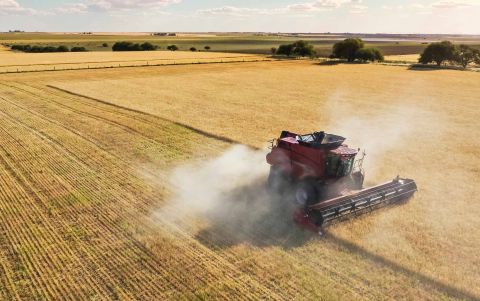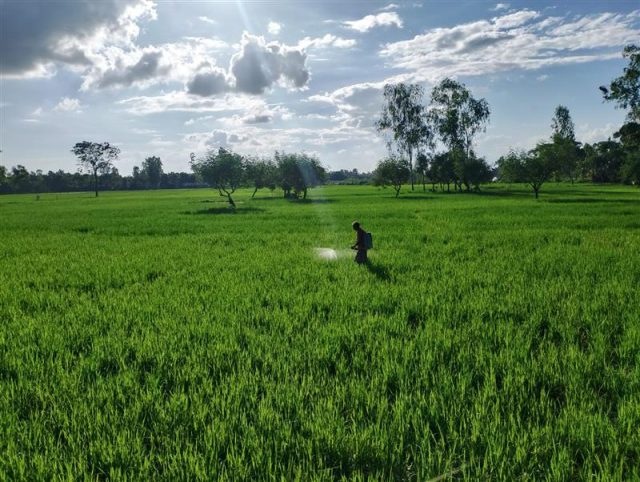Assessing tight global wheat stocks and their role in price volatility
- From
-
Published on
14.03.23
- Impact Area

by Joseph Glauber
OPEN ACCESS | CC-BY-4.0
The Russia-Ukraine war has caused significant price volatility in agricultural markets over the past year—for wheat, in particular, price levels and price volatility reached the highest levels since the 2007/08 marketing year. Both have fallen back to pre-war levels over the past six months, but volatility remains high relative to historical levels (Figure 1), indicating that significant market uncertainty remains, creating ongoing vulnerability for global food security.
Before 2022, volatility (measured by the implied volatility in the wheat futures market) spiked and remained high three times since 2006—in 2007/08 and then again in 2010/11 and 2012/13 (as indicated in the grey bands in the figure). Markets then remained relatively quiet until the recent spike following Russia’s invasion of Ukraine in February 2022. High volatility persists due to market uncertainty over the war and the relative tightness in stock levels, which provide little cushion against unforeseen production shortfalls.
Related news
-

Cultivating climate-smart rice: How specific cultivars and smarter fertilizing can cut emissions and maintain yield
International Rice Research Institute (IRRI)19.11.25-
Climate adaptation & mitigation
-
Food security
By Bushra Humaira Sadaf A team of researchers from the Bangladesh Rice Research Institute (BRRI), I…
Read more -
-

Australia partners with International Livestock Research Institute to upskill researchers from Africa and Asia
International Livestock Research Institute (ILRI)13.11.25-
Food security
-
Poverty reduction, livelihoods & jobs
Australia has joined forces with the International Livestock Research Institute (ILRI) to support th…
Read more -
-

Next-gen rice lines top check varieties at 7.5 t/ha in ESA
International Rice Research Institute (IRRI)11.11.25-
Food security
MOROGORO, Tanzania (8 October 2025) — Elite rice lines are outperforming the current popular varie…
Read more -
